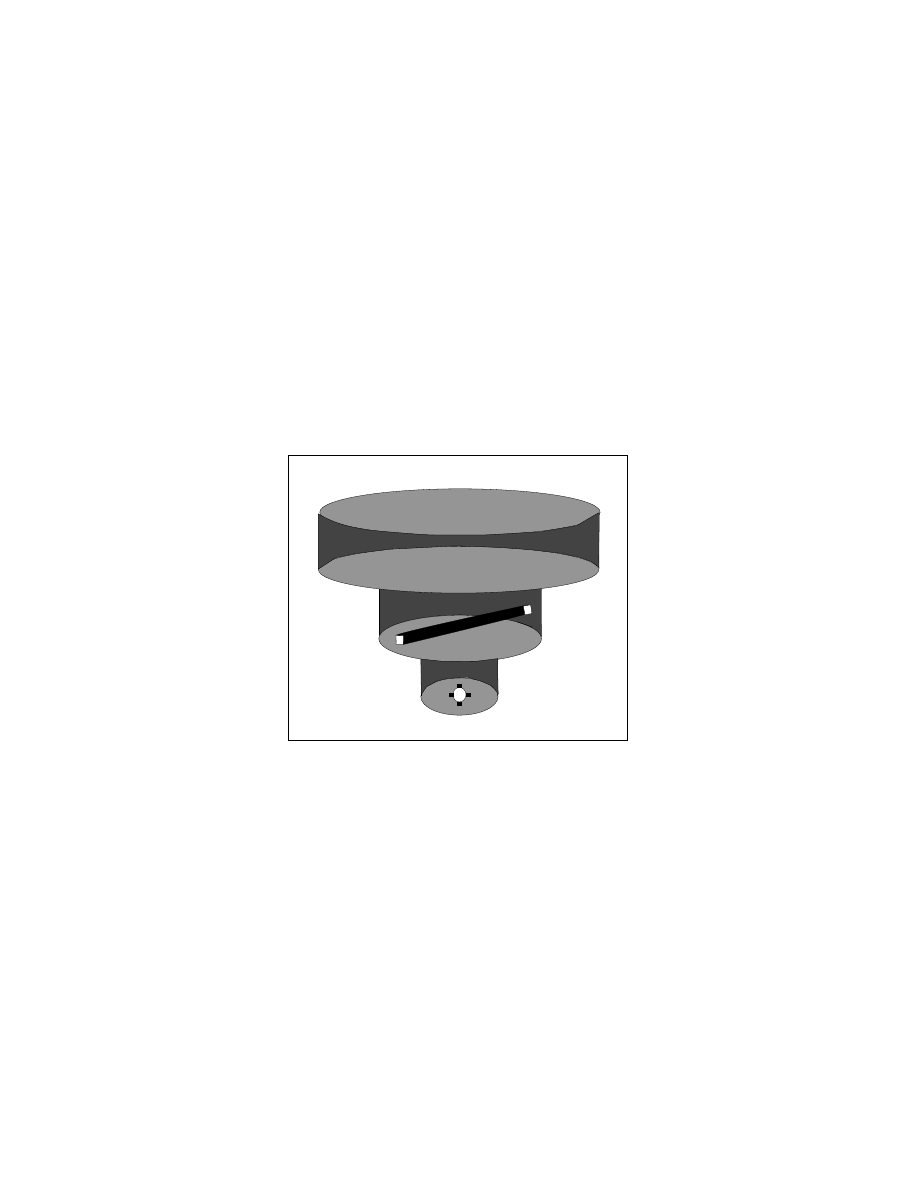
4/20/23
AIM
FIG 2
−
3
−
39
Destination Sign for Common Taxiing Route to Two Runways
2
−
3
−
11. Destination Signs
a.
Destination signs also have a yellow background with a black inscription indicating a destination on the
airport. These signs always have an arrow showing the direction of the taxiing route to that destination.
38 is an example of a typical destination sign. When the arrow on the destination sign indicates a turn,
the sign is located prior to the intersection.
b.
Destinations commonly shown on these types of signs include runways, aprons, terminals, military areas,
civil aviation areas, cargo areas, international areas, and fixed base operators. An abbreviation may be used as
the inscription on the sign for some of these destinations.
c.
When the inscription for two or more destinations having a common taxiing route are placed on a sign, the
destinations are separated by a “dot” (
) and one arrow would be used, as shown in FIG 2
39. When the
inscription on a sign contains two or more destinations having different taxiing routes, each destination will be
accompanied by an arrow and will be separated from the other destinations on the sign with a vertical black
message divider, as shown in FIG 2
FIG 2
−
3
−
40
Destination Sign for Different Taxiing Routes to Two Runways
2
−
3
−
12. Information Signs
Information signs have a yellow background with a black inscription. They are used to provide the pilot with
information on such things as areas that cannot be seen from the control tower, applicable radio frequencies, and
noise abatement procedures. The airport operator determines the need, size, and location for these signs.
Airport Marking Aids and Signs
2
−
3
−
33